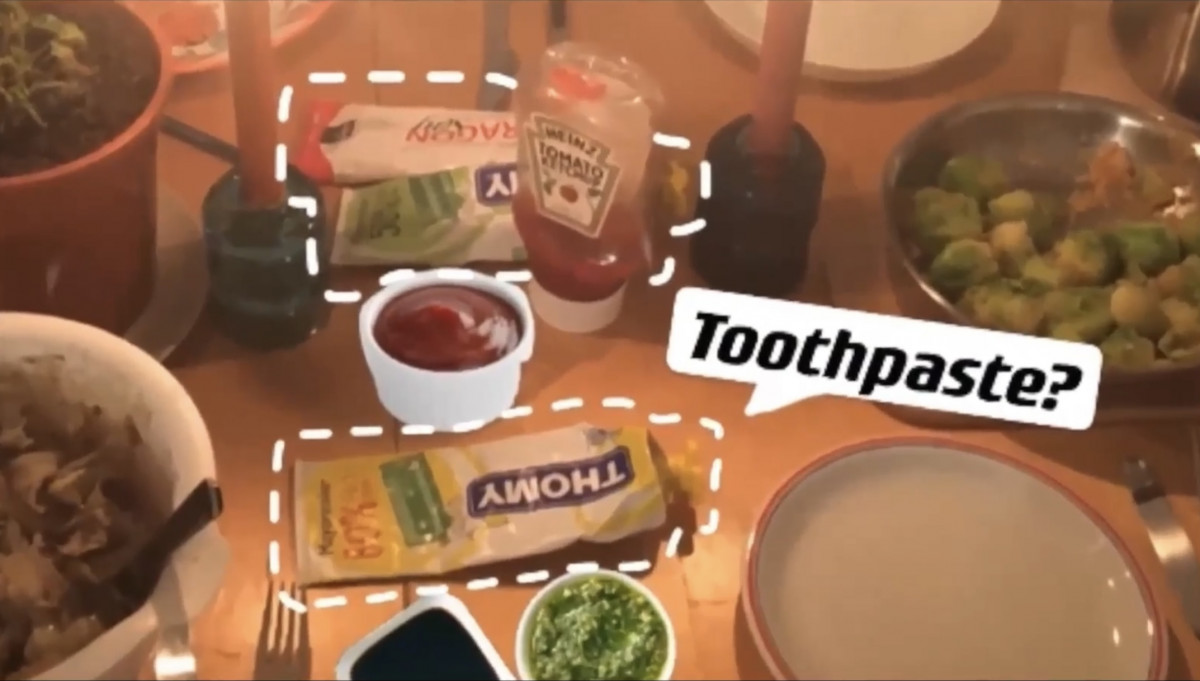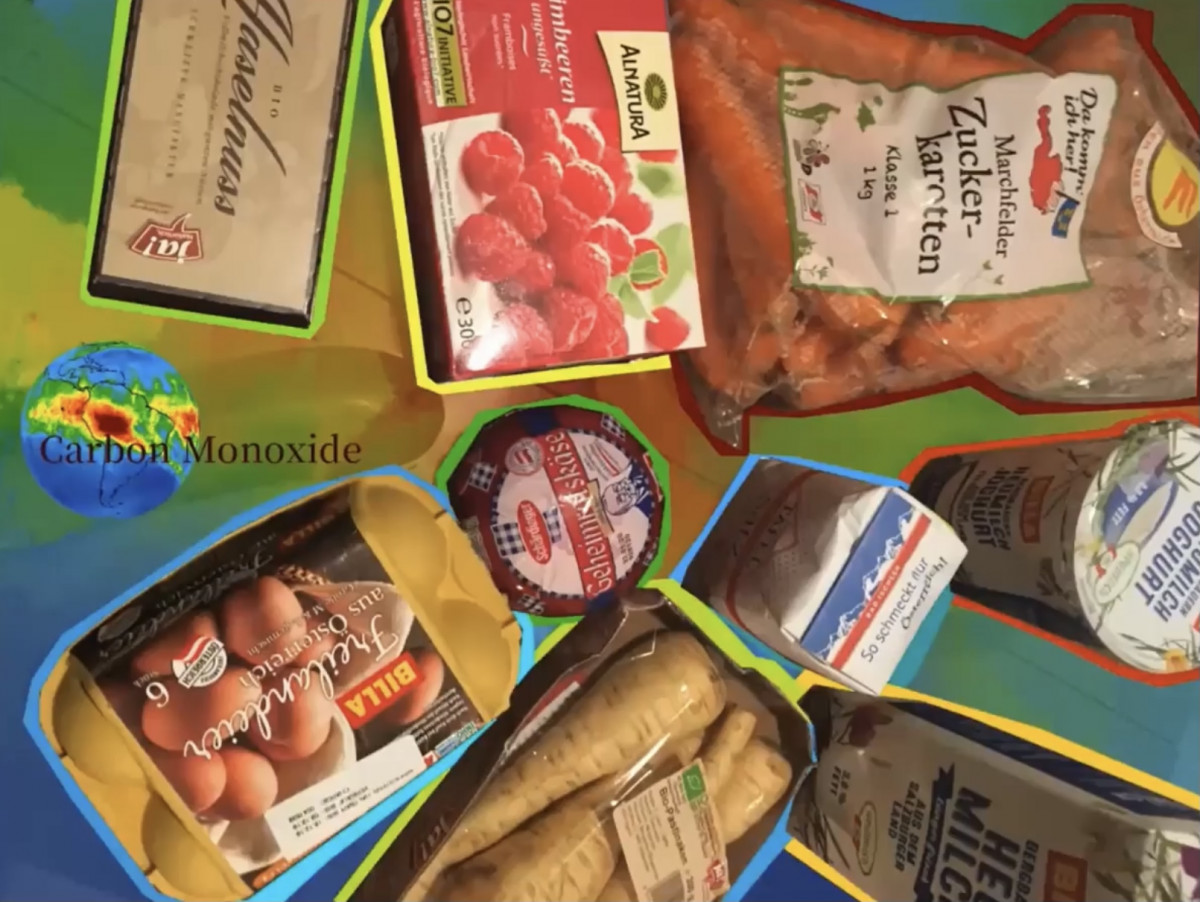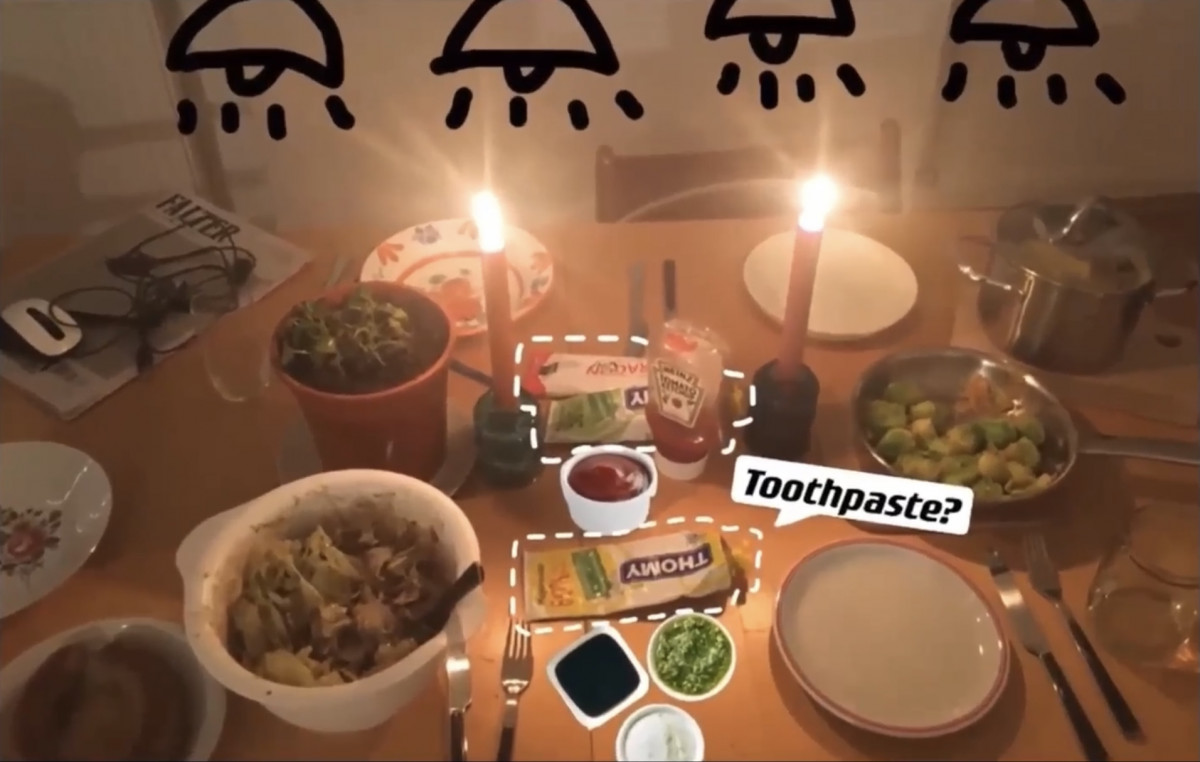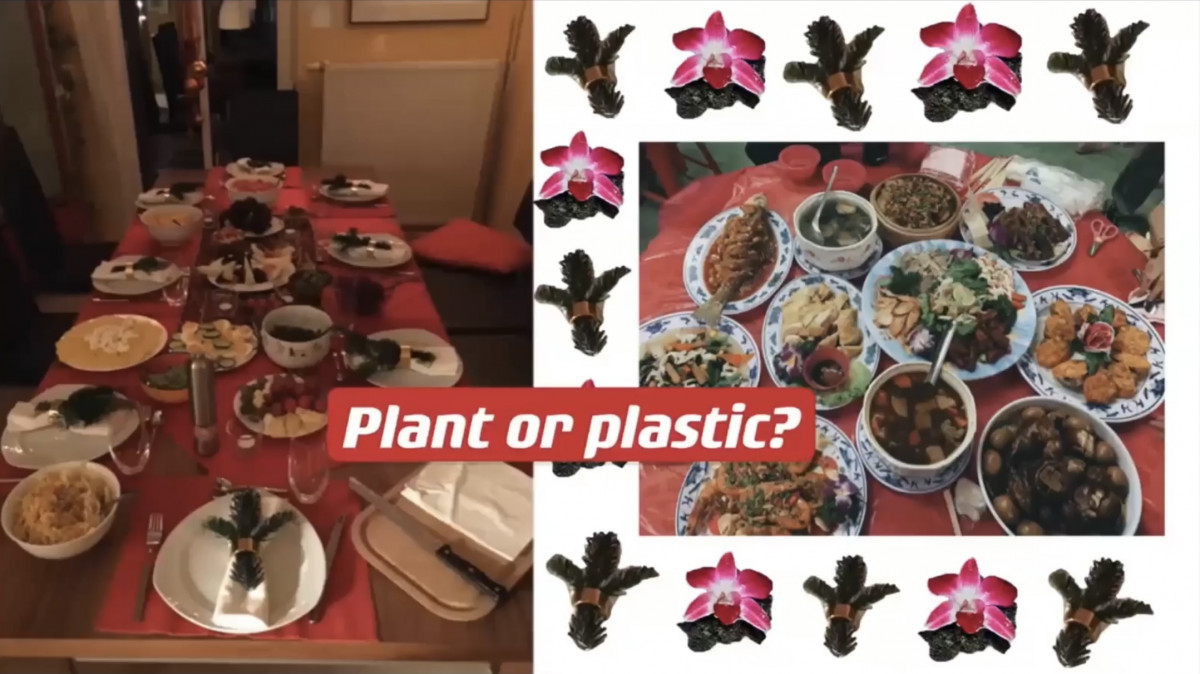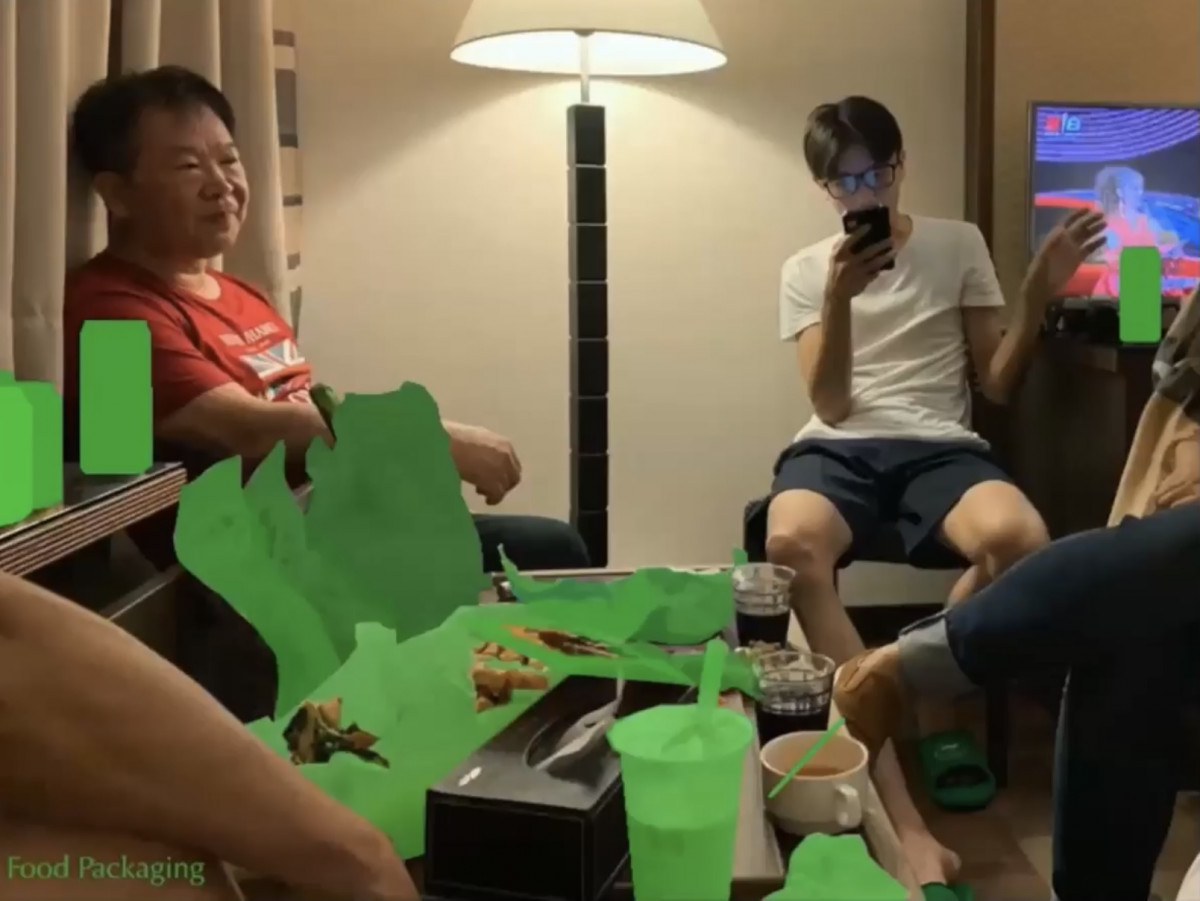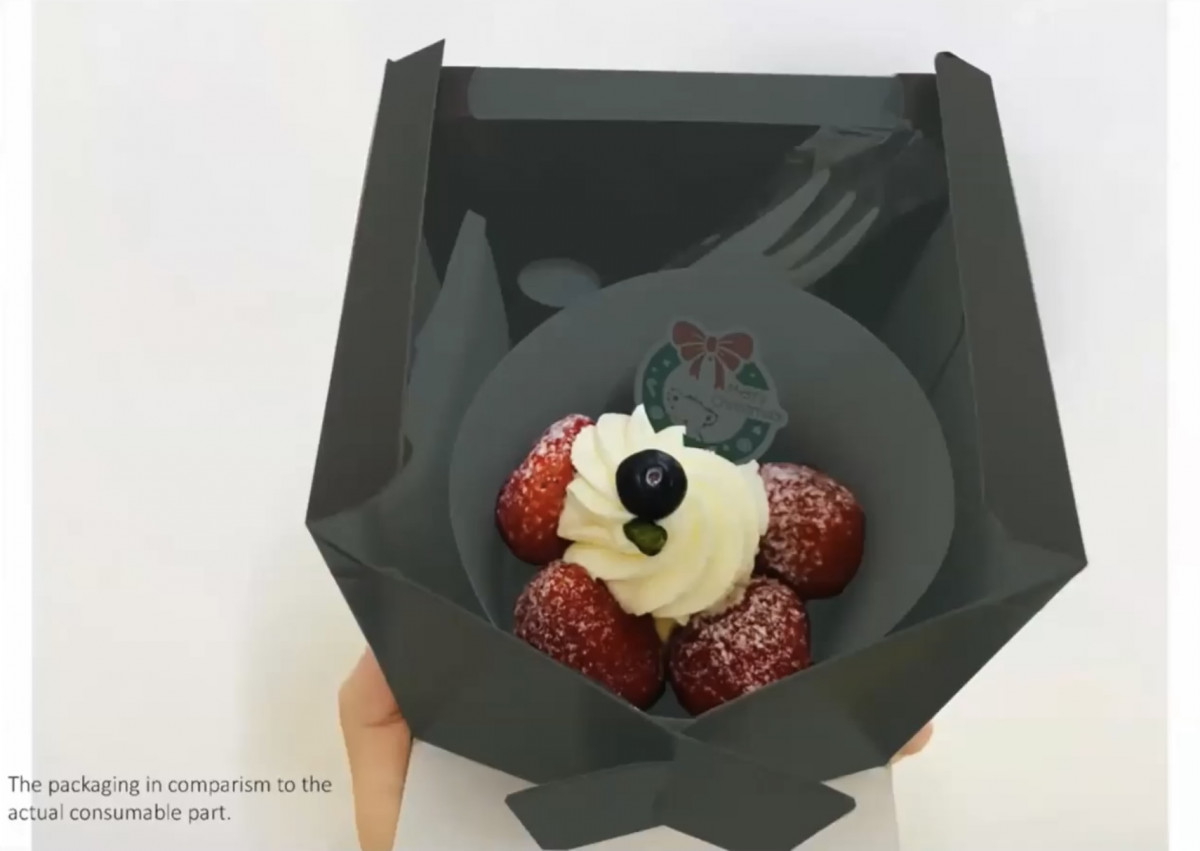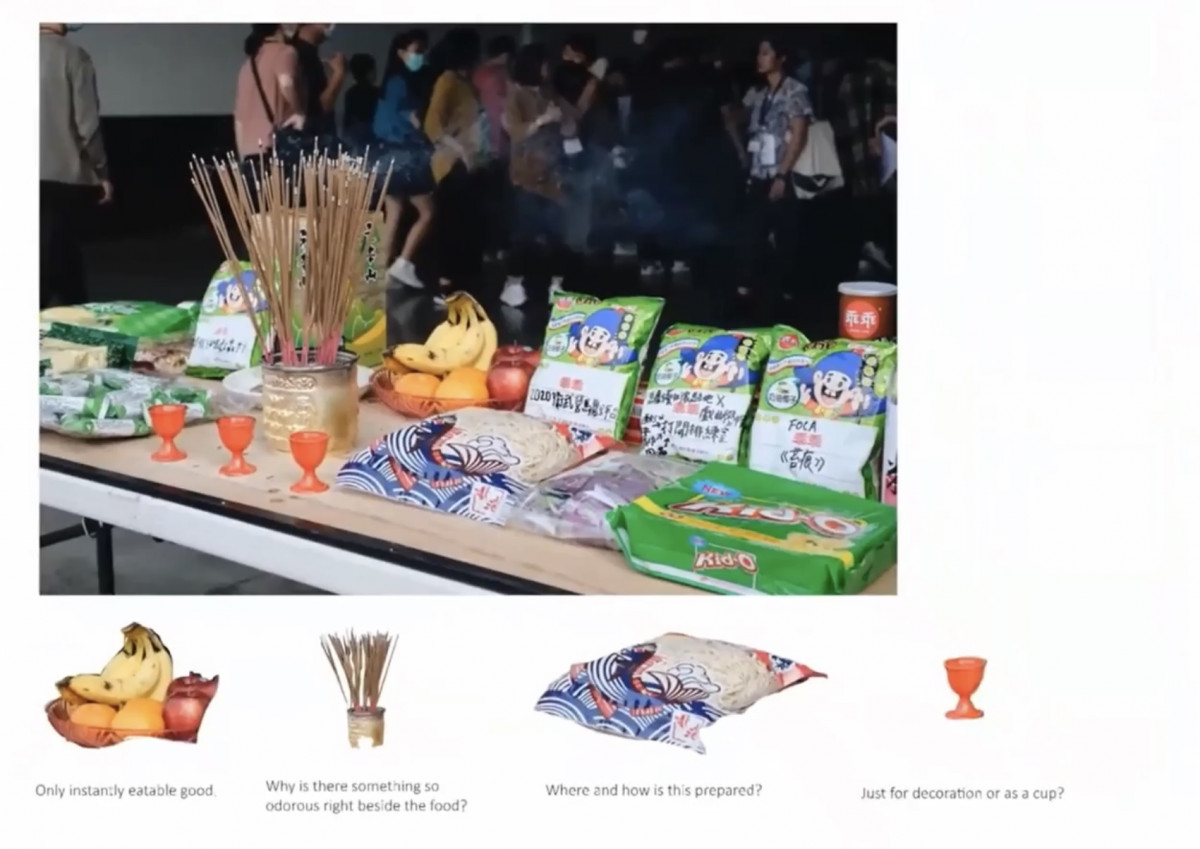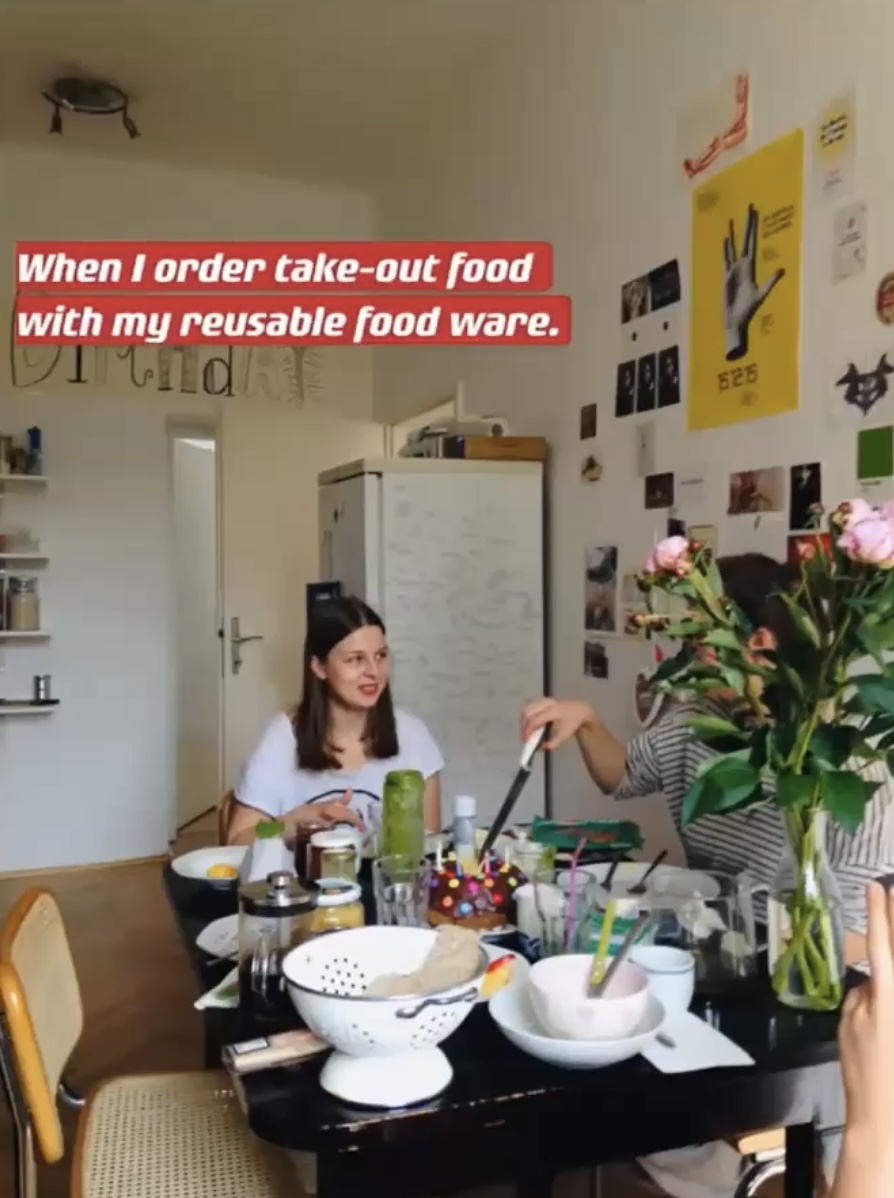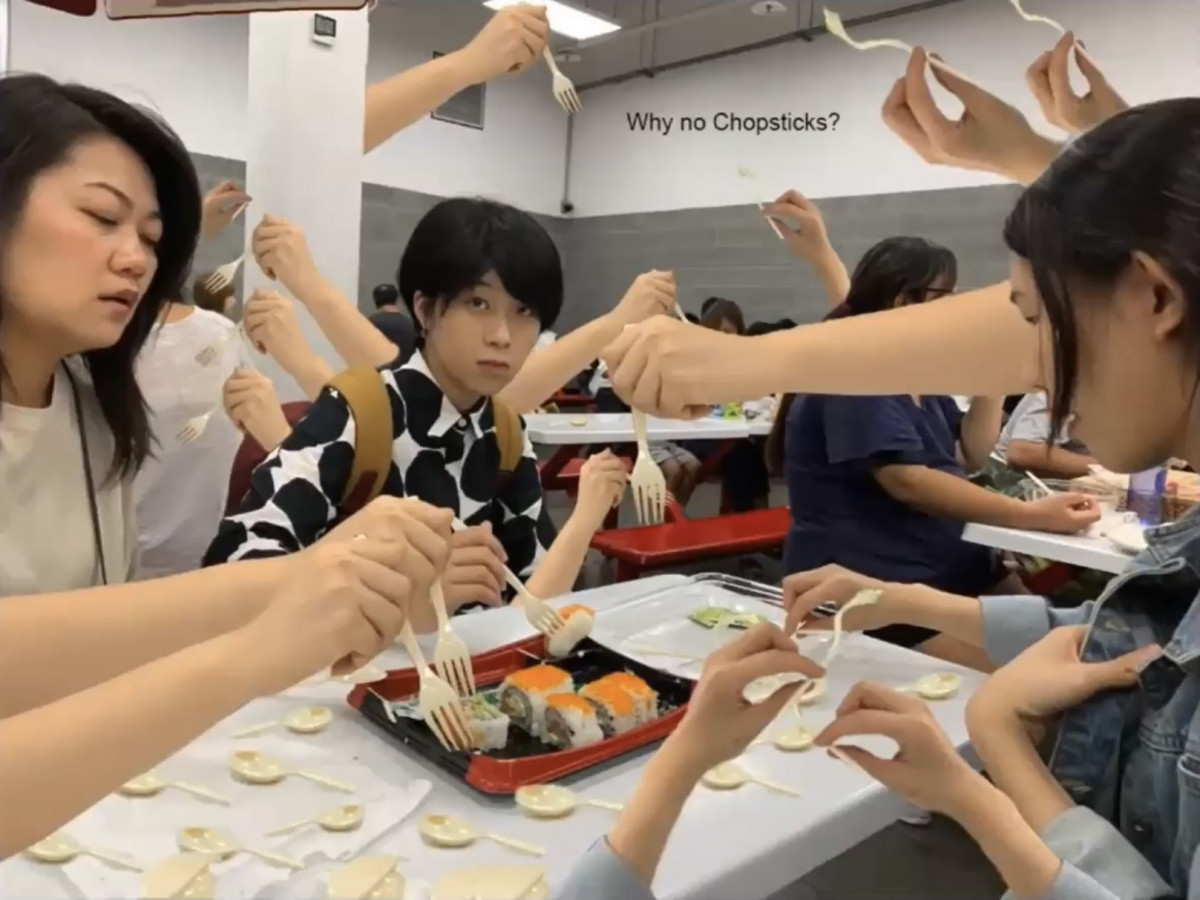Habits of Food Consumption / Eating Habits
Habits of Food Consumption / Eating Habits
PROJECT BY 蕭宇汶 Xiau Yu-wen, 李奕萱 Li I-hsuan, 羅笙豪 Lo Sheng-haur, Valerie Danzer, Vinzent Wallner
In order to break a habit, you need to become aware of it. It is a fact that seems obvious. But how do I recognize a habit? How can an already firmly established pattern of behavior be revealed as such and become obvious in its (climate-harming) structures?
In our expedition “Habits of Food Consumption”, we wanted to explore possibilities of revealing individual and societal patterns of behavior and confront our own “good” and “bad” daily habits.
Our eating habits became our field of research, with us aiming to use our native countries, Taiwan and Austria, as an opportunity, especially as regards possible cultural differences, to come closer to our own habits.
METHOD
We exchanged photos of our everyday eating situations and had them analyzed by the participants of each other’s country. Pictures of restaurant visits, take-away meals, lunches alone, at home, or outside, and meals ordered at friends’ places were marked, annotated, and questions added: We were surprised by tubes (of mayonnaise) on Austrian tables (“Is that toothpaste?”) or people in Taiwan using a fork and knife to eat sushi (“Why no chopsticks?”). The plastic packaging of take-away food on the photos was marked in green, which caused huge colored areas to form around tiny meal islands.
The photographs did not just make us exchange different eating habits but also our perspective: In our expedition, the own culturally and subjectively shaped view did not represent a shortcoming in scientific objectivity but a fundamental method of research – the analytical tool to reveal and question one’s own unconscious habits.
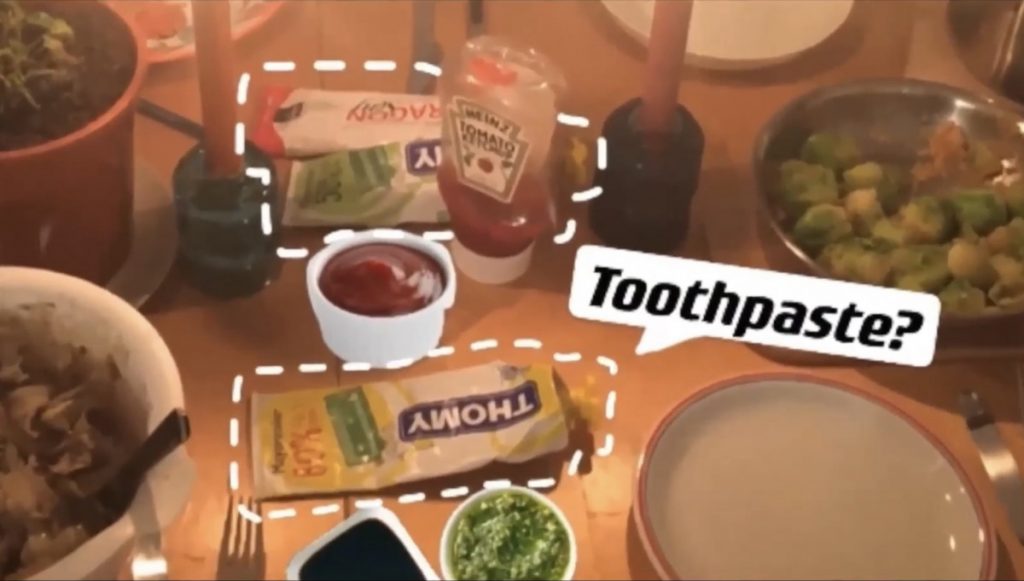
CONCLUSION
In a joint wrap-up discussion, we observed: In Austria, it is a matter of course that there is one separate place setting for each person, with candles and other decorations determining the arrangement of the dishes on the table. The table in Taiwan, on the other hand, is covered with many plates with dishes available for all. In Taiwan in particular, the use of plastic seems to have become a (cultural) habit: Forks, knives and bowls out of plastic are used even at the restaurant, not just for take-away. We wondered why. To save time/money, to not have to do the dishes? Is it a phenomenon of our time that actions that cost us “unnecessary” time are not done? Questioning this is already a break with the habit, by making it visible.


